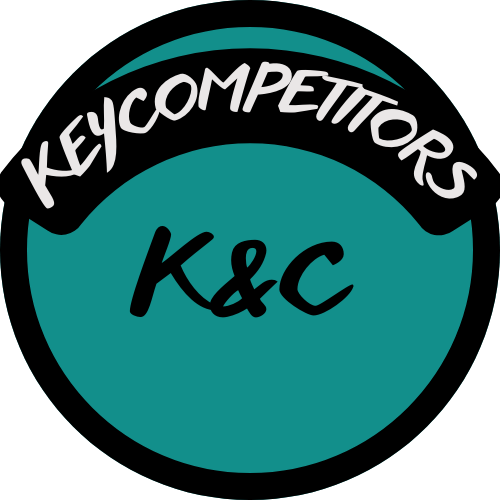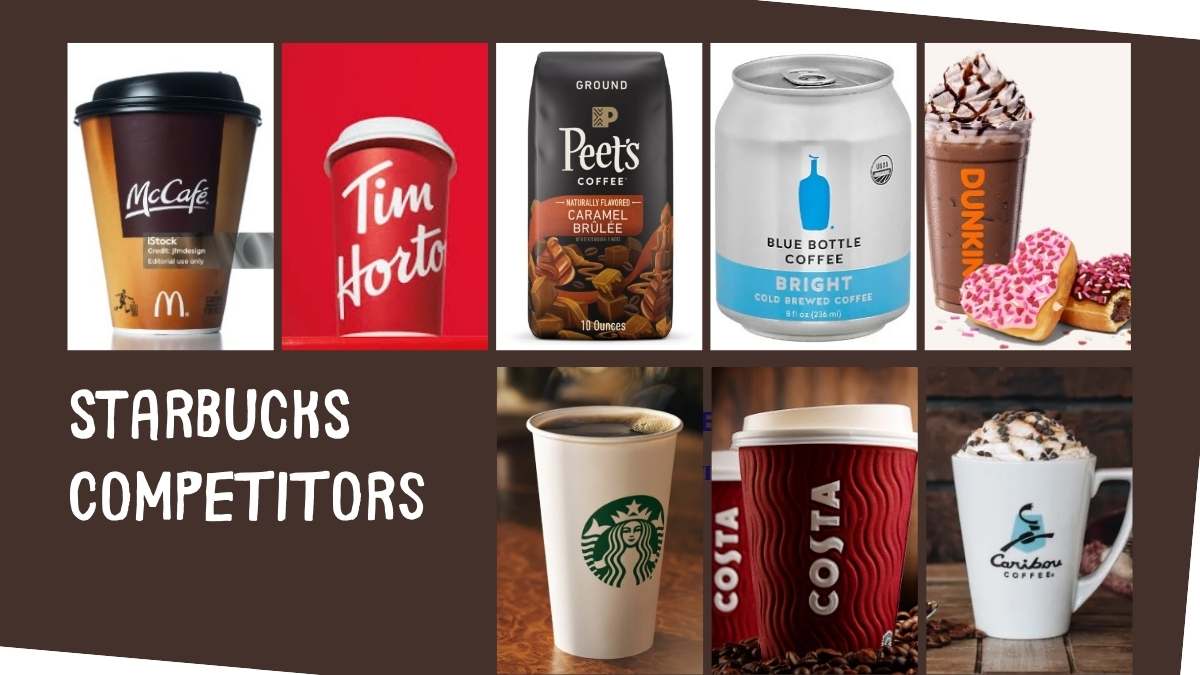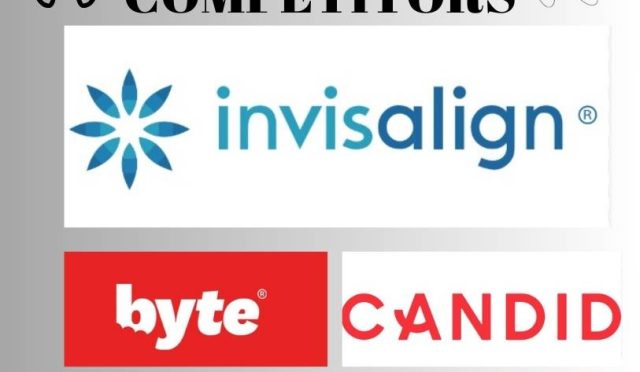Introduction
The coffeehouse industry is a dynamic and fast-growing sector where Starbucks Corporation (SBUX) has established itself as a global icon. However, the competition is brewing stronger than ever, with Starbucks competitors ranging from large fast-food chains and international coffeehouse giants to smaller regional players and independent coffee shops. Understanding the competitive landscape and the strengths and weaknesses of Starbucks competitors is essential for businesses, investors, and coffee enthusiasts alike.
In this article, we will explore the competitive dynamics of the coffee industry, taking a closer look at Starbucks’ key competitors, their strategies, and how they cater to diverse consumer preferences. Additionally, we will answer frequently asked questions about the Starbucks competitive landscape to provide deeper insights into this thriving market.
Starbucks and The Coffeehouse Culture Clash
Starbucks has been instrumental in shaping the modern coffeehouse culture. By creating a “third place” between home and work, it has offered customers a space to socialize, relax, and enjoy premium coffee. Its emphasis on high-quality beverages, a welcoming ambiance, and innovative offerings has set the standard for the industry.
However, the coffee market is vast and diverse, with competitors catering to a wide range of consumer preferences, price points, and experiences. While Starbucks focuses on premium coffee and the coffeehouse experience, other brands like Dunkin’, McDonald’s (McCafé), and Costa Coffee emphasize convenience, affordability, or regional flavors. This diversity ensures intense competition in the coffee market, where each player strives to carve out its niche.
Key Starbucks Competitors
Starbucks faces competition from a wide range of players, from global giants to niche coffee brands. Below is an overview of its major competitors:
Company Overview
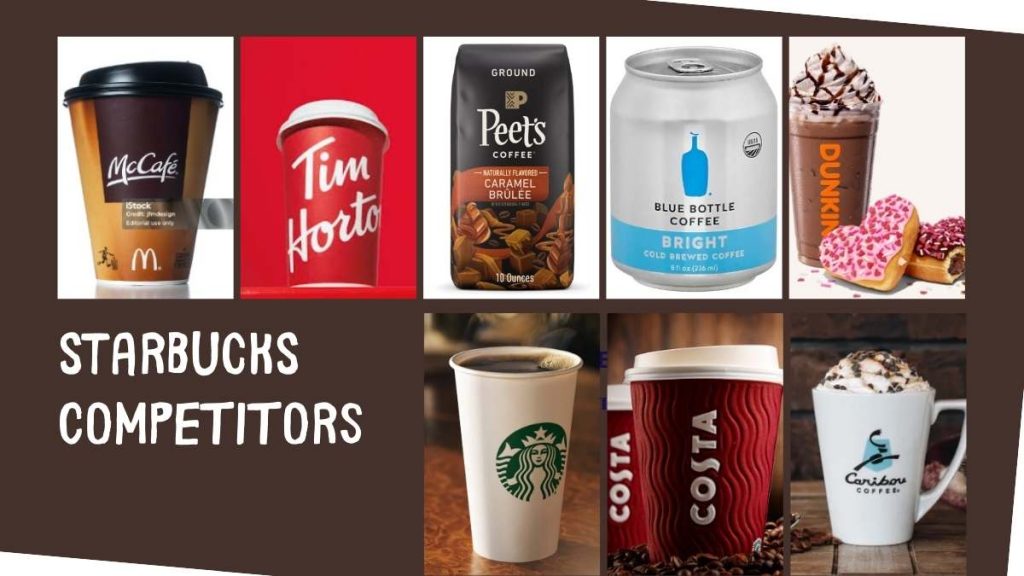
| Feature | Starbucks | Dunkin’ | McDonald’s (McCafé) | Costa Coffee | Tim Hortons | Blue Bottle Coffee | Caribou Coffee | Peet’s Coffee |
| Founded | 1971 | 1950 | 1993 (McCafé) | 1971 | 1964 | 2002 | 1992 | 1966 |
| Founder(s) | Jerry Baldwin, Zev Siegl, Gordon Bowker | William Rosenberg | Part of McDonald’s | Sergio Costa, Bruno Costa | Tim Horton, Ron Joyce | James Freeman | John Puckett | Alfred Peet |
| Focus | Premium coffee, experiential coffeehouse | Quick-service coffee, baked goods | Affordable coffee, fast food convenience | European-style coffeehouse chain | Canadian-based coffee and donuts | Artisanal coffee, minimalist design | Sustainable coffee, regional focus | Artisan coffee, tea |
| Key Offerings | Coffee, espresso drinks, tea, food, merchandise | Coffee, donuts, breakfast sandwiches | Coffee, espresso drinks, fast food | Coffee, espresso drinks, pastries, food | Coffee, donuts, bagels, sandwiches | Specialty coffee, cold brew, premium blends | Coffee, espresso drinks, breakfast items | Coffee, tea, specialty beverages |
Market Share (Approximate – US Focus) of the Starbucks Competitors
- Starbucks: The dominant player in the specialty coffee market, holding an estimated 40-45% share.
- Dunkin’: A strong competitor in the quick-service coffee market, with approximately 25-30% share.
- McDonald’s (McCafé): Growing steadily, with an estimated market share of 15-20%, driven by its widespread locations and affordability.
- Costa Coffee: A leader in Europe but has a smaller presence in the U.S. compared to Starbucks and Dunkin’.
- Tim Hortons: Dominates the Canadian market but has limited reach outside Canada.
Product Range of the Starbuck Coffee Competitors
Each competitor offers a unique product mix to cater to different consumer needs:
- Starbucks: Offers a wide variety of coffee, espresso drinks, teas, Frappuccino beverages, pastries, sandwiches, and branded merchandise.
- Dunkin’: Focuses on coffee, donuts, bagels, breakfast sandwiches, and wraps.
- McDonald’s (McCafé): Provides coffee, espresso drinks, frappes, pastries, and fast-food staples.
- Costa Coffee: Serves coffee, espresso drinks, teas, pastries, and sandwiches with a European flair.
- Tim Hortons: Specializes in coffee, donuts, bagels, sandwiches, and soups.
- Blue Bottle Coffee: Known for artisanal coffee, cold brew, and premium blends.
- Caribou Coffee: Offers sustainably sourced coffee, espresso drinks, and breakfast options.
- Peet’s Coffee: Focuses on high-quality artisan coffee and tea with a loyal customer base.
Strengths and Weaknesses of the Starbucks Competitors
Starbucks
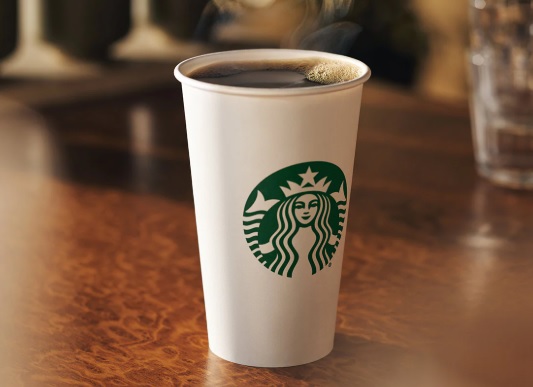
- Strengths:
- Strong brand recognition and premium image.
- Global presence with over 35,000 locations worldwide.
- Innovative beverages and seasonal offerings, such as the Pumpkin Spice Latte.
- A “third place” experience that encourages relaxation and socialization.
- Advanced digital platforms, including mobile ordering and loyalty programs.
- Weaknesses:
- Higher prices compared to competitors.
- Can be crowded during peak hours, affecting the “relaxing” experience.
- Recent challenges with labor relations and unionization efforts.
Dunkin’
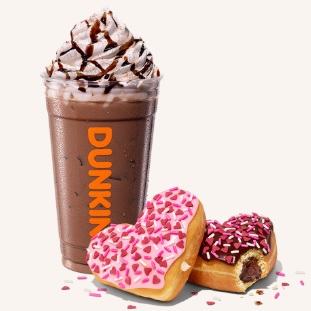
- Strengths:
- Affordable pricing and quick service.
- Strong focus on convenience, including drive-thru locations.
- Popular loyalty program that incentivizes repeat customers.
- Weaknesses:
- Lower perceived quality compared to Starbucks.
- The food menu sometimes overshadows its coffee offerings.
- Limited focus on the coffeehouse experience.
McDonald’s (McCafé)

- Strengths:
- Widely available due to McDonald’s extensive global network.
- Drive-thru convenience and low prices.
- Access to McDonald’s large customer base.
- Weaknesses:
- Coffee quality can be inconsistent.
- Less emphasis on creating a coffeehouse atmosphere.
Costa Coffee

- Strengths:
- European-style coffeehouse experience.
- Strong brand presence in international markets.
- High-quality coffee blends and innovative beverages.
- Weaknesses:
- Smaller presence in the U.S. compared to Starbucks and Dunkin’.
- Limited brand recognition outside Europe.
Tim Hortons
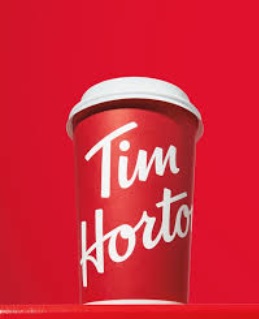
- Strengths:
- Strong brand loyalty in Canada.
- Affordable pricing and a focus on donuts and baked goods.
- Weaknesses:
- Limited presence outside of Canada and parts of the northern U.S.
- Coffee quality is often criticized compared to premium brands.
Blue Bottle Coffee

- Strengths:
- Artisanal coffee and minimalist aesthetic appeal to coffee purists.
- Known for fresh, high-quality beans and unique brewing methods.
- Weaknesses:
- Limited locations, primarily in urban areas.
- Higher prices and niche appeal.
Caribou Coffee

- Strengths:
- Focus on sustainably sourced coffee and environmentally friendly practices.
- Regional popularity in the Midwest U.S.
- Weaknesses:
- Smaller footprint compared to Starbucks and Dunkin’.
- Limited international presence.
Peet’s Coffee
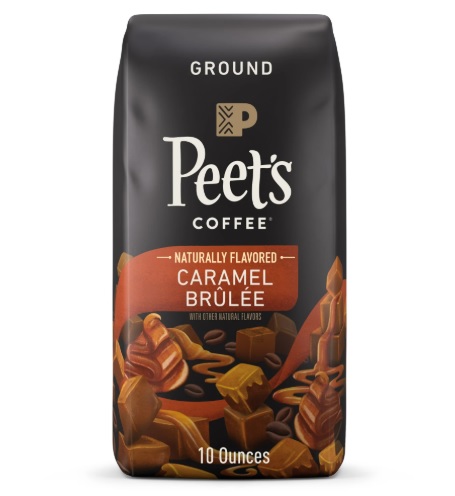
- Strengths:
- High-quality coffee and tea with a loyal customer base.
- Focus on artisan brewing methods and premium blends.
- Weaknesses:
- Smaller footprint compared to Starbucks.
- Limited focus on food offerings.
Investments and Future Plans of the Starbucks Competitors
- Starbucks:
- Investing in digital platforms and mobile ordering.
- Expanding its beverage offerings, including plant-based options.
- Focusing on sustainability initiatives, such as reducing single-use plastics.
- Exploring new store formats, including drive-thru-only locations and smaller urban cafes.
- Dunkin’:
- Innovating its menu with seasonal and trendy beverages.
- Expanding its drive-thru network and improving delivery services.
- Enhancing its digital ordering platform and loyalty programs.
- McDonald’s (McCafé):
- Improving its coffee quality and expanding its McCafé offerings.
- Leveraging its global scale to penetrate new markets.
- Costa Coffee:
- Expanding globally, particularly in Asia and the Middle East.
- Introducing new coffee blends and convenient formats like vending machines.
- Tim Hortons:
- Enhancing its digital offerings and loyalty programs.
- Expanding its menu to include more international flavors.
FAQs About Starbucks Competitors
Who are Starbucks’ main competitors?
Starbucks’ main competitors include Dunkin’, McDonald’s (McCafé), Costa Coffee, Tim Hortons, Blue Bottle Coffee, Peet’s Coffee, and Caribou Coffee.
What distinguishes Starbucks from its competitors?
Starbucks focuses on delivering a premium coffeehouse experience, emphasizing high-quality coffee, innovative beverages, and a welcoming “third place” atmosphere. In contrast, competitors like Dunkin’ and McDonald’s prioritize convenience and affordability, while artisanal brands like Blue Bottle Coffee focus on quality and minimalism.
How does Dunkin’ compete with Starbucks?
Dunkin’ competes by offering affordable coffee and quick service, catering to on-the-go consumers. Its loyalty program and extensive breakfast menu also attract a different customer base compared to Starbucks’ premium offerings.
Is McCafé a strong competitor to Starbucks?
McCafé, part of McDonald’s, is a strong competitor due to its affordability and global reach. While it doesn’t offer the same coffeehouse experience, its convenient drive-thru service and low prices appeal to budget-conscious consumers.
What makes Costa Coffee a competitor to Starbucks?
Costa Coffee, with its European-style coffeehouse ambiance, competes with Starbucks in international markets. It offers high-quality coffee and a similar café experience but has a smaller presence in the U.S.
How does Tim Hortons differ from Starbucks?
Tim Hortons focuses on affordability and baked goods, particularly in Canada. While Starbucks emphasizes premium coffee and a relaxing atmosphere, Tim Hortons caters to customers looking for quick, budget-friendly options.
Are there any niche competitors to Starbucks?
Yes, niche competitors like Blue Bottle Coffee and Peet’s Coffee target specific consumer segments. Blue Bottle appeals to coffee purists with artisanal brewing methods, while Peet’s Coffee focuses on high-quality beans and tea offerings.
What role does technology play in Starbucks’ competition?
Technology is crucial in the coffee industry. Starbucks leads with its mobile app and loyalty program, but competitors like Dunkin’ and Tim Hortons are also investing in digital ordering, delivery, and rewards systems to attract tech-savvy customers.
Which competitor has the largest market share after Starbucks?
Dunkin’ holds the second-largest market share in the U.S., with approximately 25-30%. Its strong presence in the quick-service coffee market makes it a significant competitor.
How do regional coffee chains compete with Starbucks?
Regional chains like Caribou Coffee and Tim Hortons compete by focusing on local tastes and preferences. They often emphasize sustainability, regional flavors, and community engagement to differentiate themselves.
Does Starbucks face competition from independent coffee shops?
Yes, independent coffee shops pose competition by offering unique, locally sourced coffee and personalized experiences. These shops often attract customers who prioritize supporting small businesses over global chains.
What is Starbucks doing to stay ahead of competitors?
Starbucks is investing in sustainability, digital platforms, and innovative store formats. It also continuously expands its menu with seasonal beverages, plant-based options, and international flavors to cater to evolving consumer preferences.
Conclusion
Starbucks remains a dominant force in the global coffeehouse industry, but it faces stiff competition from a diverse range of players. From quick-service giants like Dunkin’ and McDonald’s to artisanal brands like Blue Bottle Coffee, each competitor brings unique strengths to the table.
The key to Starbucks’ continued success lies in its ability to adapt to changing consumer preferences, leverage technology, and maintain its premium image. At the same time, understanding the strengths and weaknesses of its competitors allows Starbucks to refine its strategies and stay ahead in the ever-evolving coffee market.
For investors, businesses, and coffee enthusiasts, the Starbucks competitive landscape offers valuable insights into the trends shaping the future of the coffee industry. Whether it’s affordability, convenience, or premium experiences, there’s no shortage of options for coffee lovers worldwide. If you liked this review, you can also review our article on Consumer Goods posts here.
